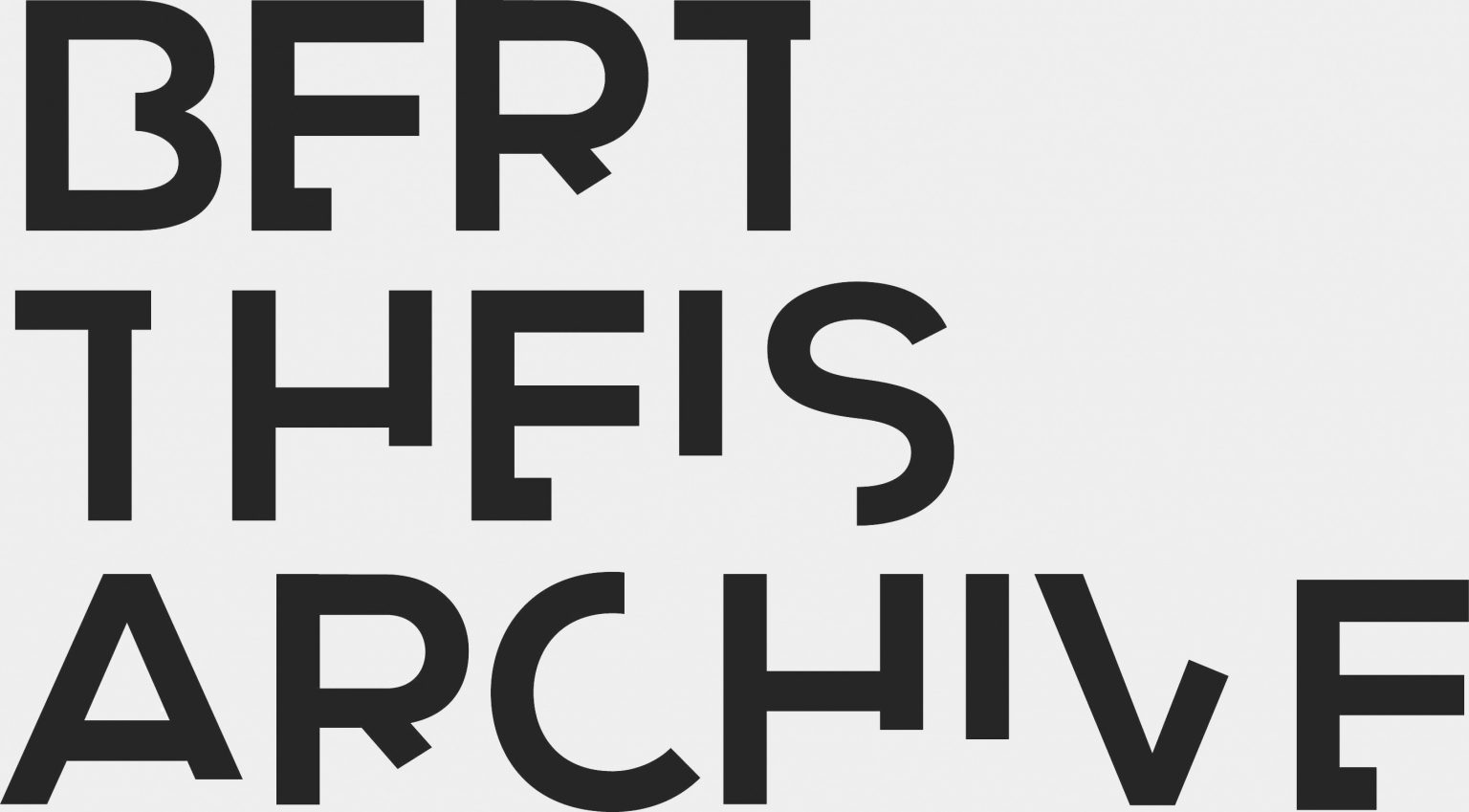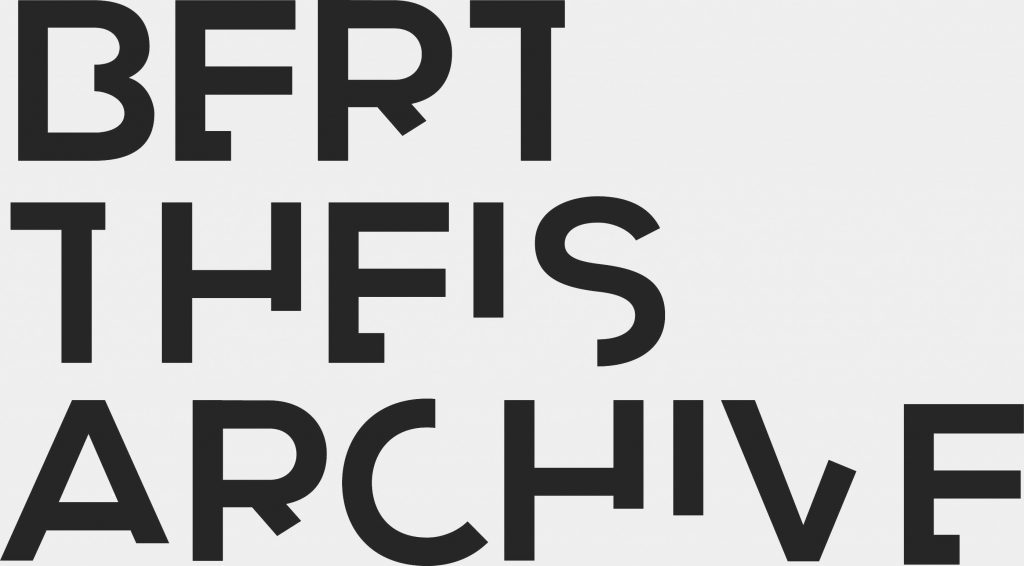Drifters
It is always interesting to watch how art lovers react whenever they are confronted with the works of the Luxembourg artist Bert Theis. These works usually spark a whole range of emotions: anger, confusion, delight and fun. But that is not all – at the same time, his works are an intellectual experience. They combine sensory experience with the insights of art theory of philosophy, with specific local analysis and social criticism. This also applies to Drifters.
Even their form is tongue-in-check. It arouses associations with the architecture of Mudam designed by Ieoh Ming Pei. But these associations also have a deeper significance. By contrast with the unchanging architectural structure of the museum, the multi-functional installation designed by Theis is changeable. This is by design, because it refers back – like the name Drifters, “elements that are not solidly fixed in a place” – to the concept of simultaneity, one of the core concepts of a modern understanding of art which was used by the artistic avant-garde at the beginning of the twentieth century to set itself apart from its predecessors. A rigidity of form could therefore even make the museum appear no longer contemporary. This is an anachronism which is reflected in the name of the museum – it is called “Musée d’Art Moderne”, but its collection is contemporary, in other words Postmodernist. This association is also an ironic reference to the history of the Mudam, a reminder of the late acceptance of Modernism in Luxembourg. In addition, the concept drifters is a metaphor for the identity structure of the Postmodernist subject.
In Postmodernism the subject is forced to define itself as a multiple self. In other words, the subject no longer constitutes itself as a self-contained identity, but as a transformative situational form. It constantly has to reinvent itself because in our society, to quote an apt phrase coined by Adorno, it is constantly “compelled to invade alien stars”. And this uncertain identity in turn corresponds with the open contemporary understanding of art, an understanding which Theis’s work in the newly opened museum advocates. Art and life (or the art of life) are in harmony here – thus fulfilling a further requirement of the artistic avant-garde.
In spite of the outwardly strict and minimalist design of Drifters, it is in fact a work of art designed to be touched, or rather sat on. The beholder experiences it physically. This embodies an element of social criticism. The installation invites the beholder to come apart and rest from an unhindered everyday life of consumption, in this case the consumption of art. The work causes discontinuity: it acts like a brake that stops the seemingly unstoppable express train of consumption, and it thus acts as a revolution as defined by Walter Benjamin – in contrast with Marx he interpreted revolution not as a locomotive driving the history of progress but as a rescue attempt, a brief interruption in a continuous disaster.
So the installation Drifters is carefully and very deliberately designed as a multi-layered semiotic complex. It directs the beholder to a sphere of subversion, resistance, criticism and utopia.
René Kockelkorn
Catalogue of the opening exhibition Eldorado, Mudam 2006
René Kockelkorn is an art historian and critic, curator and teacher based in Luxembourg. He studied art history at the Universities of Utrecht and Bonn. In 1990 he worked in the Thermenmuseum Heerlen (NL) and from 1996-2000 in the National Museum of History and Art, MNHA, Luxembourg; in the Art Museum Villa Vauban, in the National Library of Luxembourg and in the Casino Luxemburg – Forum for Contemporary Art.
He has published various articles and curated art exhibitions, including on the occasion of Luxembourg’s participation in the Venice Biennale, 2011. He was also involved in the development of the international artist residency program Public Art Experience By Fonds Belval, Luxembourg.

